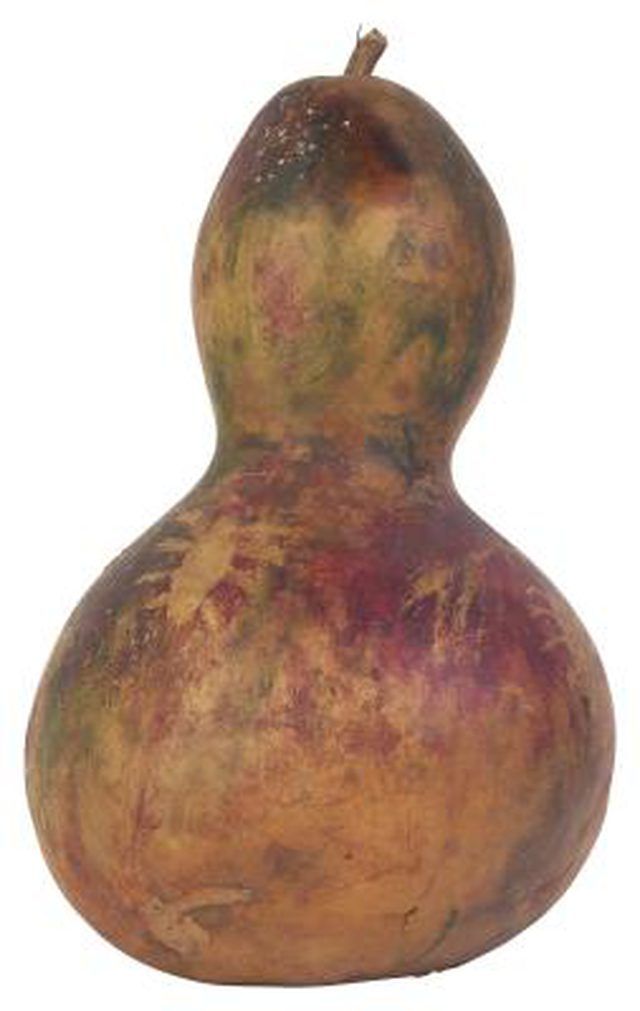Bulbs
Flower Basics
Flower Beds & Specialty Gardens
Flower Garden
Garden Furniture
Garden Gnomes
Garden Seeds
Garden Sheds
Garden Statues
Garden Tools & Supplies
Gardening Basics
Green & Organic
Groundcovers & Vines
Growing Annuals
Growing Basil
Growing Beans
Growing Berries
Growing Blueberries
Growing Cactus
Growing Corn
Growing Cotton
Growing Edibles
Growing Flowers
Growing Garlic
Growing Grapes
Growing Grass
Growing Herbs
Growing Jasmine
Growing Mint
Growing Mushrooms
Orchids
Growing Peanuts
Growing Perennials
Growing Plants
Growing Rosemary
Growing Roses
Growing Strawberries
Growing Sunflowers
Growing Thyme
Growing Tomatoes
Growing Tulips
Growing Vegetables
Herb Basics
Herb Garden
Indoor Growing
Landscaping Basics
Landscaping Patios
Landscaping Plants
Landscaping Shrubs
Landscaping Trees
Landscaping Walks & Pathways
Lawn Basics
Lawn Maintenance
Lawn Mowers
Lawn Ornaments
Lawn Planting
Lawn Tools
Outdoor Growing
Overall Landscape Planning
Pests, Weeds & Problems
Plant Basics
Rock Garden
Rose Garden
Shrubs
Soil
Specialty Gardens
Trees
Vegetable Garden
Yard Maintenance
How to Raise Bottle Gourds
How to Raise Bottle Gourds. Bottle gourds are large gourds suitable for making water dippers, bird houses and craft projects. These gourds are relatively easy and fun to raise. Gourds are produced on fast-growing, climbing vines. Its 4-inch, white flowers produce irregularly shaped fruit with rectangular seeds. While most bottle gourds are used...

Bottle gourds are large gourds suitable for making water dippers, bird houses and craft projects. These gourds are relatively easy and fun to raise. Gourds are produced on fast-growing, climbing vines. Its 4-inch, white flowers produce irregularly shaped fruit with rectangular seeds. While most bottle gourds are used for decorative purposes, some varieties may be harvested young and eaten.
Things You'll Need
Bottle gourd seeds
Tiller or spade
Trellis, fence or wire plant stucture
Soak seeds in water for 24 hours to assist in germination.
Prepare a 1-foot-wide patch of soil that measures between 3 and 6 feet long with a tiller or spade. Remove any stones and weeds. Erect a fence, trellis or other climbing structure alongside the planting area.
Plant soaked seeds 1/2 to 1 1/2 inch deep, about 6 inches apart, in a row, watering them in well.
Thin the gourds after germination as necessary so they don't crowd each other. Allow the gourds 100 to 180 days to mature, watering weekly if they don't receive at least 1 inch of rainfall. During extremely hot and dry weather, increase watering frequency to once daily.
Leave gourds on the vine until the vine dies. Harvest them once the vine is dead and the gourds are brownish in color.
Tips & Warnings
Water daily, the heat of the day may cause your gourds to wilt in mid summer.
Don't plant under trees if you don't want your vines (and your gourds) twenty feet up in the air.
Keep seeds from your largest gourds to plant for the following year if you want to grow Purple Martin houses.
Fences make a great place to plant your gourds along.
Bottle gourds should be planted well away from squash, pumpkins and other gourds to prevent cross pollination.